How long did it take Christopher Columbus to cross the Atlantic? Here’s everything you need to know about the expedition times of the renowned explorer.
Christopher Columbus (1451-1506) is known for his “discovery” of America in 1492. While seeking for a sailing route to Southeast Asia, he unexpectedly landed on the then-unknown continent. Despite viking explorations of the Atlantic Ocean and North America before Columbus, the “New World” remained unfamiliar to Europe at that time.
But how long did it take Columbus to cross the Atlantic? In this article, we will explore through the routes and durations of Christopher Columbus’s voyages with his crew and compare his speed to later expeditions.
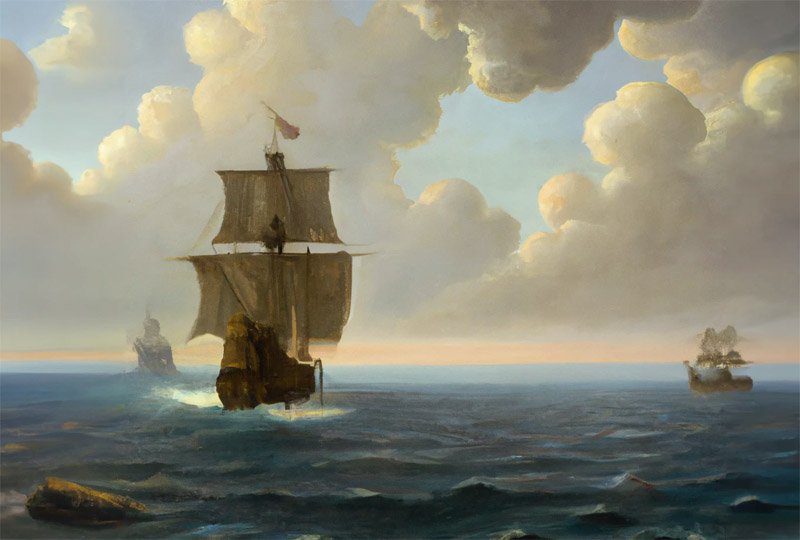
How Long Did It Take Columbus to Sail Across the Atlantic
How did Columbus get to America?
Christopher Columbus first arrived in America in 1492. With the sponsorship of Spanish monarchs and equipped with three ships, he departed from Palos de la Frontera, Spain, in August and arrived in the Bahamas in October.
However, this is not Columbus’s only visit to America.
How many times did Columbus cross the Atlantic?
In total, Columbus embarked on four voyages to the Americas, resulting in a total of eight Atlantic crossings. His first two expeditions brought him to the Caribbean islands, while his last two journeys also included visits to the coasts of South and Central America.
- First voyage: August 6, 1492 – March 4, 1493
- Second voyage: September 25, 1493 – June 8, 1496
- Third voyage: May 30, 1498 – November 25, 1500
- Fourth voyage: March 14, 1502 – November 7, 1504
The following map illustrates Christopher Columbus’s different routes. Please note that I sketched the map by hand, so it may not be entirely accurate. For a more precise version, check out this route map on Wikipedia.

How many days did it take Christopher Columbus to cross the Atlantic?
During Columbus’s initial arrival in America in 1492, the voyage lasted for 71 days. However, Columbus made multiple Atlantic crossings. On average, it took him around 50 days to sail across the Atlantic during his expeditions.
Here is a breakdown of the duration for each transatlantic crossing by Christopher Columbus:
- First voyage: 71 (or 36) days west / 47 days east
- Second voyage: 39 days west / 52 days east
- Third voyage: 61 days west / 55 days east
- Fourth voyage: 20 days west / 57 days east
Now, let’s delve into each voyage and its duration in greater detail.
How Many Days Did Columbus Sail on Each Voyage

First voyage (1492-1493)
During his first voyage, it took Columbus and his fleet of three ships 71 days to travel from Spain to the Bahamas. However, Columbus made a stop in the Canary Islands along the way. If we start counting from his departure from the Canary Islands, the transatlantic crossing took 36 days.
The return journey began on January 26, 1493. Columbus and his crew encountered rough seas on the way, and they arrived in Portugal 47 days later on March 4. The homeward journey included a 6-day stop in the Azores Islands.
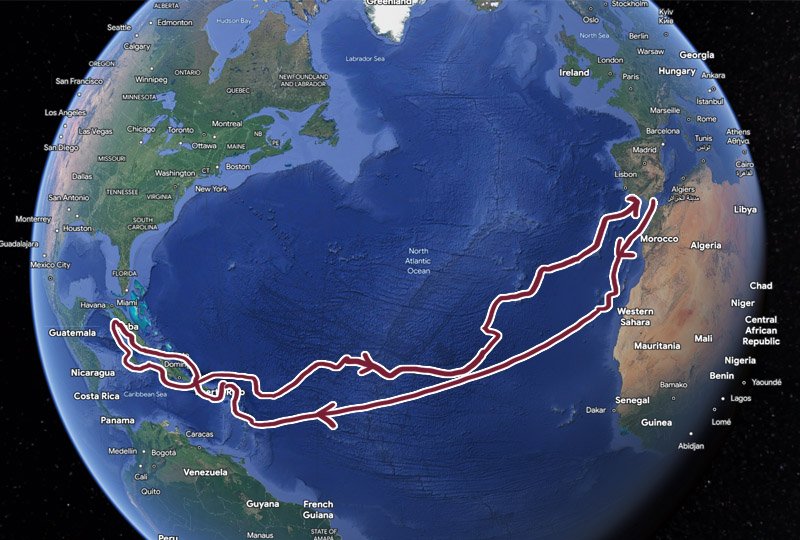
Second voyage (1493-1496)
After a mere six months in Europe, Columbus embarked on his second voyage to the New World. This time, he set sail with a larger fleet of 17 ships. Their objective was to convert the indigenous people to Christianity.
During his second voyage, Columbus departed from Spain on September 25, 1493 and landed on Dominica on November 3, 1493. It took Columbus 39 days to reach his destination. After spending 2.5 years in the Caribbean, Columbus commenced his return journey on April 20, 1496. The fleet arrived in Portugal 52 days later on June 8.
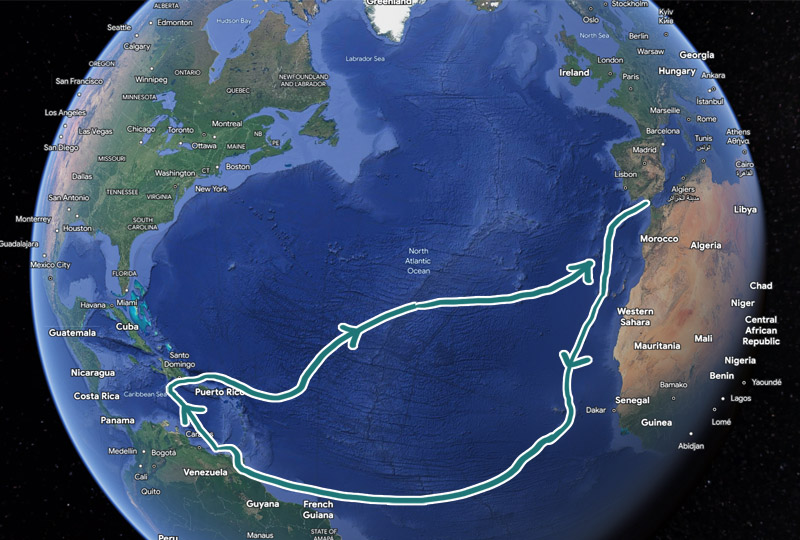
Third voyage (1498-1500)
Columbus embarked on his third journey to the Americas on May 30, 1498. He reached the island of Trinidad in the Caribbean 61 days later on July 31. Along the way, Columbus made several stops on different islands in the Atlantic.
In the Americas, Columbus explored the region, including the northern coast of South America, and governed over Spanish settlers on the island of Hispaniola. However, his rule didn’t go smoothly, leading to his arrest and return to Spain in chains. This return journey lasted 55 days, from October 1 to November 25, 1500.

Fourth voyage (1502-1504)
Columbus began his final voyage west on March 13, 1502, and arrived on the island of Martinique in the Caribbean just 20 days later. This marked the fastest transatlantic crossing Columbus ever accomplished.
During this last voyage, Columbus aimed to become the first person to circumnavigate the world, but he did not achieve this feat. He returned to Europe as a passenger on another ship, taking 57 days for the journey (September 11 – November 7, 1504).
Comparing Columbus’s Sailing Speed to Others
How long did it take to sail the Atlantic in the past?
After Christopher Columbus’a expeditions, other explorers quickly followed suit.
In 1497, explorer John Cabot sailed to the northeastern coast of North America, and the following year, explorers Vicente Yáñez Pinzón and Juan Díaz de Solís explored the Gulf of Mexico. After more voyages and discoveries, it was eventually determined that the area was, in fact, a new continent. The continent was named America after explorer Amerigo Vespucci.
John Cabot took approximately a month to sail from England to Canada, although he was faster than most. The duration of a transatlantic voyage depended on various factors, including winds, routes, and weather conditions.
In the centuries that followed, sailing across the Atlantic did not become significantly faster. During the 1700s, it took at least 6-8 weeks to cross the Atlantic by sail. In the early 1800s, traveling eastward from New York to Liverpool took 20-30 days.
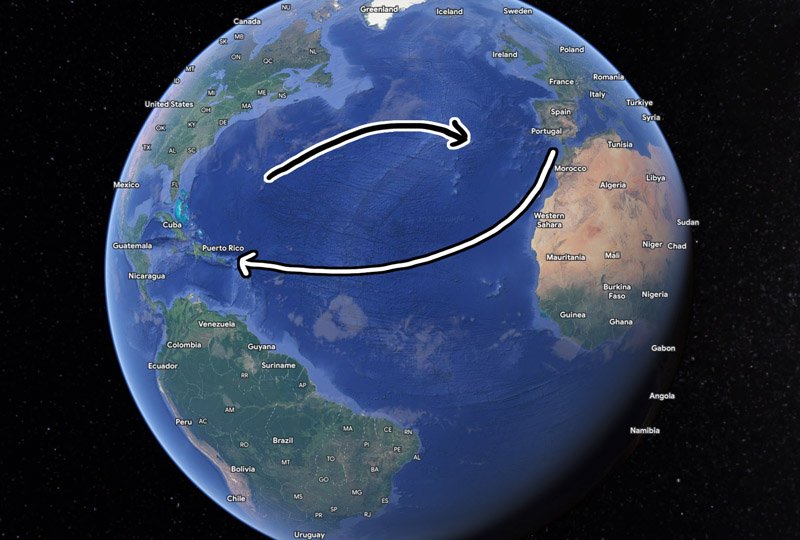
How much faster can you cross the Atlantic now?
Over 500 years have passed since Christopher Columbus’s voyages, and our understanding of the world and sailing has advanced significantly. We now possess the knowledge of the best routes and optimal times for Transatlantic crossings.
Read more: How Long Does It Take to Sail Across the Atlantic?
On average, it currently takes 3-4 weeks to sail across the Atlantic in favorable conditions. The most popular westward route follows a similar path to the ones that Columbus took from Europe to the Caribbean. The current world record for this route is less than a week.
When sailing from America to Europe, it is now more common to travel farther north than Columbus ever did. On average, this route also takes around 3-4 weeks, although it is slightly shorter and faster than the westward journey. The remarkable sailing record for the eastward voyage stands at less than four days!
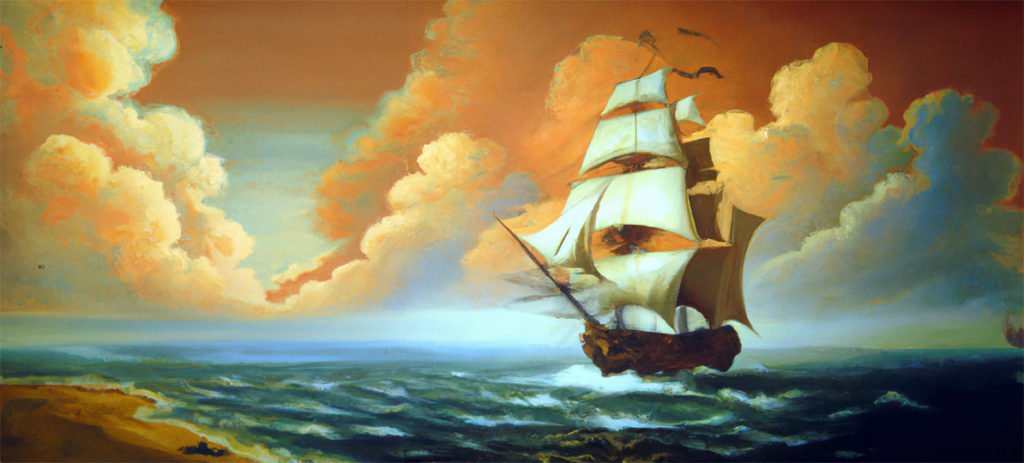
How Long Did It Take Columbus to Sail Across the Atlantic?
The duration of Christopher Columbus’s transatlantic voyages varied, but on average, it took Columbus approximately 50 days to sail across the vast expanse of the Atlantic Ocean. During his first voyage, it took Columbus 71 days to reach America.
Five centuries have passed since Columbus’s historic journeys, and our understanding of the world and our ability to traverse it have evolved significantly. Today, a Transatlantic crossing can be accomplished in a matter of weeks, and the current world record stands at less than a week.
Christopher Columbus’s voyages across the Atlantic transformed the world. At the same time, Columbus’s reputation has been tarnished by his acts of cruelty and the consequences of his expeditions.
As we now sail faster, we can acknowledge the complexities of Columbus’s legacy, while reflecting on the enduring influence of his journeys across the Atlantic.


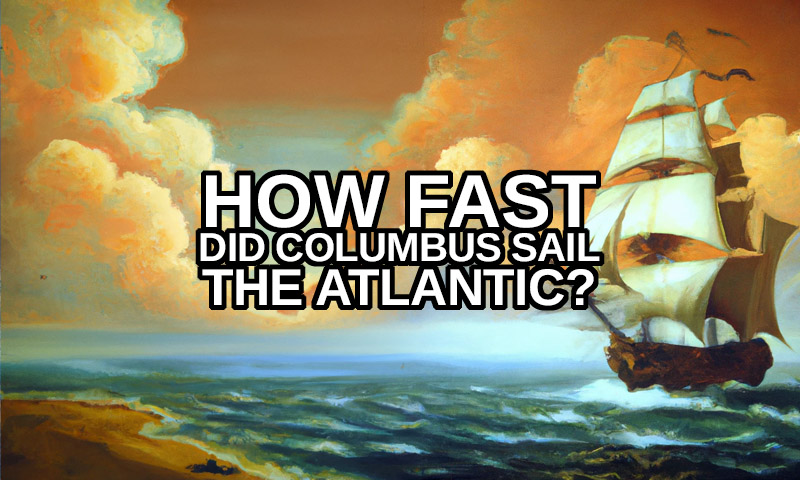

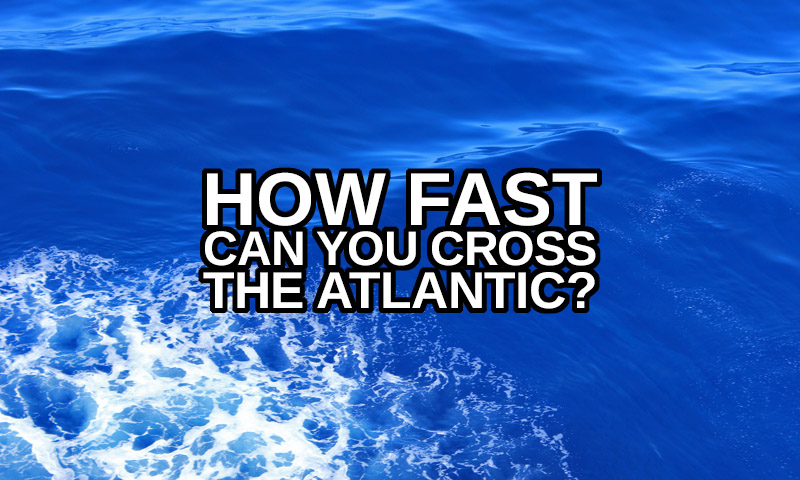
2 comments
Great info! I guess my Columbus knowledge was pretty thin. While the records you list for modern fastest crossings are quick, the typical several weeks isn’t far off from Columbus’ times back then.
I’ve always loved those quotations about the invention of Radio, “the breadth of The Atlantic is as nothing”. They always had an impact on me. But thinking about the true breadth of The Atlantic, and how long it took to cross, makes those words that much more vibrant.
Breadth, and Depth. Thinking today about the loss of the 5 people aboard The Titan en route to The Titanic, or about the Challenger and Columbia Space Shuttle disasters.
Or why we expend so many expensive resources, so much media coverage, and so much public attention on the loss of 5 millionaire tourists in The Atlantic, and so little on the hundreds of refugees dead or missing off the coast of Greece?
Last tangent: I recently subscribed to the magazine “The Atlantic”. I like it a lot. Good, topical, in-depth writing.
Happy Travels!
Fascinating tangents, Glenn!
In Columbus’s fame, I see parallers with the media’s focus on a few individuals.
I’m just finishing up another post, this time about climbing Mount Everest. In that case, I noticed how little I knew about the first ascent to the summit of Mount Everest. I had heard of Edmund Hillary and Tenzing Norgay, but did you know that their expedition had over _400_ participants? Most of them were local Nepalese porters.